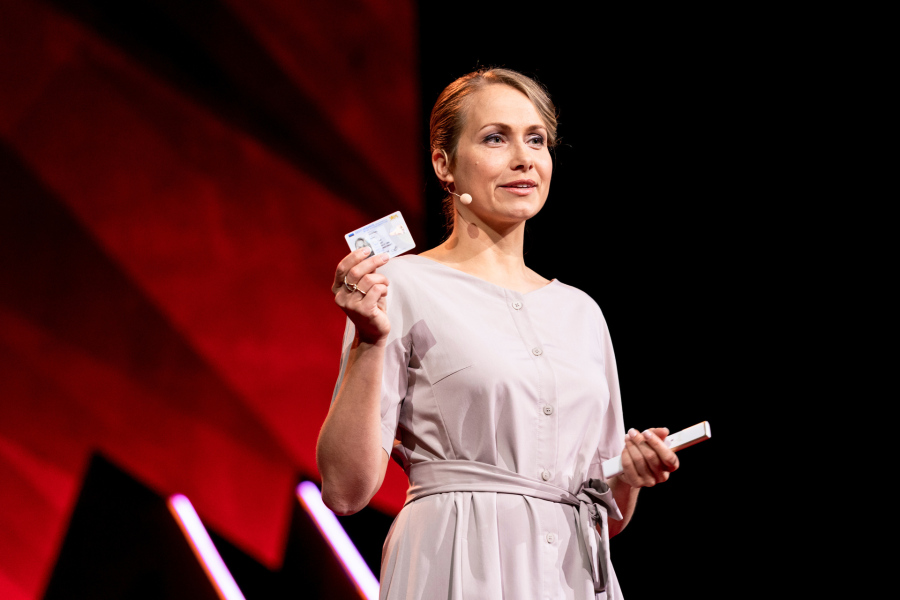
I am from Estonia and we have been declaring taxes online since 2001. We have been using digital identity and signature since 2002. We have been voting online since 2005. We have a wider range of government services today than you can imagine: education, police, justice, starting companies, applying for benefits, looking for your medical card or challenging a parking ticket - all done online. It's easier to tell you three things we still can't do online. We have to come to get an identity card to get married or divorced or to sell real estate. That's all. I'm not going crazy when I tell you that every year I can't wait to start filing my tax return.
Since all I have to do is, sitting on the couch with a mobile phone, scroll through several pages with ready-made data on income and deductions and click on "Confirm". In three minutes I already see the amount of tax refunds. This is a very pleasant feeling. No tax advisors, no receipts, no calculations. I have not seen the State Chancellery for about seven years.
The purpose of the post is to discuss the e-government system in terms of development and implementation
Putting together a think tank on the governmet as a service topic in the @GaaS telegram channel
One of the features of modern life that can no longer exist given the technological possibilities is the labyrinth of bureaucracy. We got rid of it almost completely in Estonia, thanks to the efforts of the government, which also went through digitalization. For example, the cabinet of ministers works online and without any papers.

The central idea of this development is the transformation of the role of the state and the digitalization of trust. Think about it. In most countries, people do not trust their government. And the government doesn't trust them in return. Everyone expects the problem to be resolved through complex, paper-based formal procedures. But alas, they will not solve the problem. They just make life difficult. Estonian experience shows that this technology can help regain trust in the creation of an efficient, user-centered service delivery system that meets the needs of citizens.
We did not do this by digitizing the bureaucracy as it is. But by relying on some powerful, common principles, changing rules and procedures, eliminating unnecessary data collection and duplication of tasks, we have become open and transparent.
I will show you some of the key principles of electronic design in Estonia. First, it is important to guarantee the privacy and confidentiality of data and information. This is achieved through reliable digital identification, which is issued by the state and is compatible with everything.

Virtually every Estonian has it. The identity is confirmed by a secure digital signature, which is accepted, used and legally binding both in Estonia and in the European Union. When the system can correctly and reliably determine who is using it, after logging into the system, it will provide access to the personal data of a citizen and all government services within one platform, and will allow you to authorize anything based on a digital signature.

The second principle, one of the most transformative, is called "Once". This means that the state is prohibited from requesting the same data more than once and is prohibited from storing it in more than one place. For example, if you have already submitted a birth or marriage certificate to the population register, this is the only place where this data will be stored. And no other institution will ask for this data again. Just once is a very powerful principle, as it defines the entire structure of data collection in the country: what information is collected and who is responsible for maintaining it, so that we avoid data centralization, data duplication and ensure their relevance.
This distributed approach also avoids the single point of failure problem. But since data cannot be copied or collected more than once, this means that the project must be safe and reliable to access this information all the time so that government agencies can provide their services.
This is the role of the data exchange platform called "X-Road", which has been used since 2001.

Just like the highway, it connects databases and registers of the public sector, local municipalities and businesses, organizing real-time, secure and regulated data exchange for them, maintaining a controlled trace after each operation.

Here is a screen shot of the broadcast showing all requests for X-Road across all services, making it easy. And this is the real picture of all the links between public and private databases. As you can see, there is no central database at all.
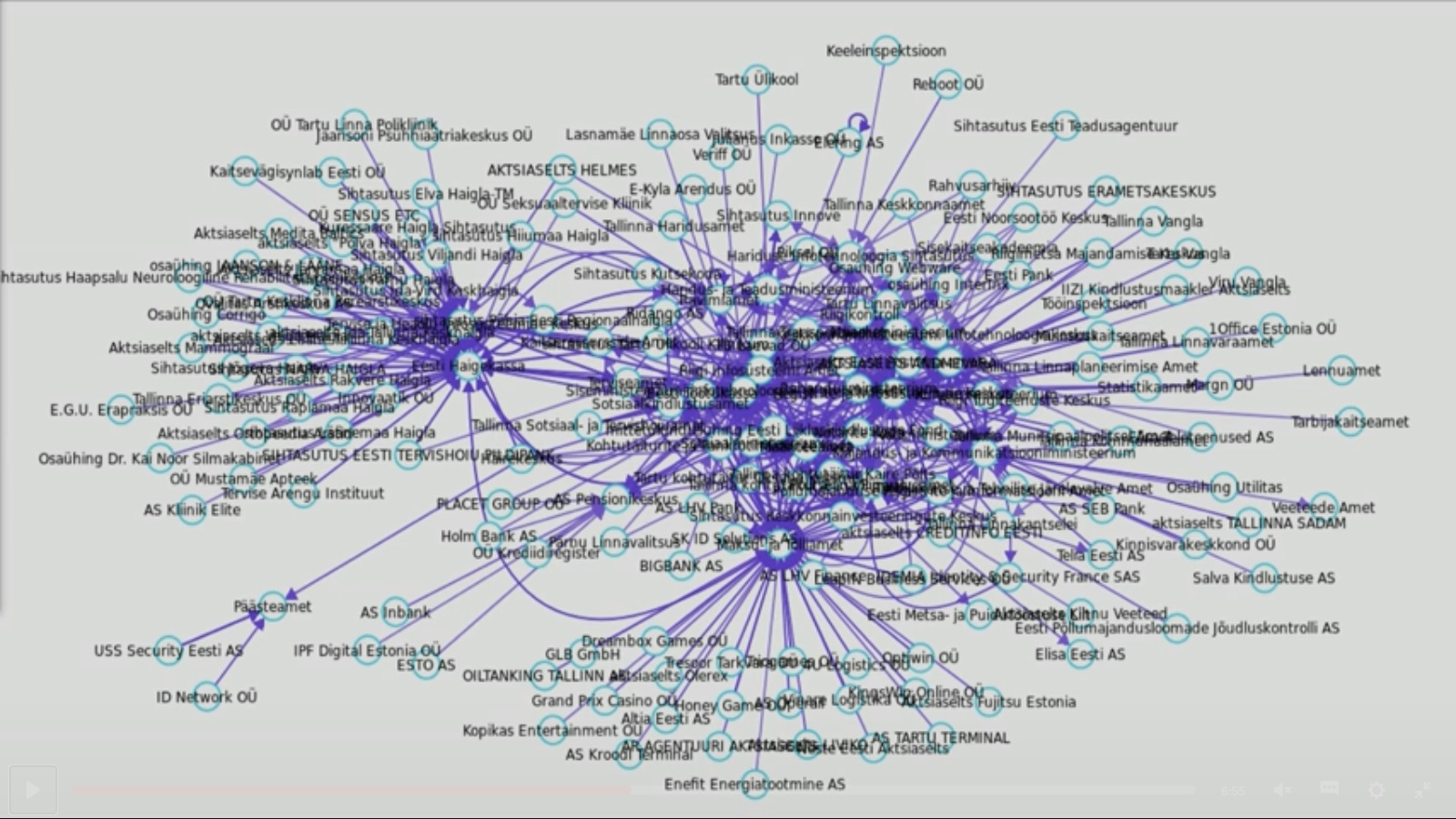
Confidentiality and privacy are of course very important. But in the digital world, the reliability and integrity of information is critical to operations. For example, if someone changes your medical records, such as allergies without your knowledge or your doctor, the treatment could lead to death. That is why in a digital society, for a system like the Estonian one, when there are almost no paper originals, when there are almost only digital originals, data integrity, data exchange rules, software components and log files are paramount. We use our own blockchain, which we invented in 2007, even before blockchain became popular, to verify and ensure data integrity in real time. Blockchain is our auditor, promising that no data access or manipulation will go unrecorded.

Data ownership is another key principle in the project system. Aren't you worried that governments, tech companies, and other companies around the world demand the data they have already collected about you, refuse to share that information at all, and often fail to prove how it was used or shared with third parties? This situation seems to me to be quite alarming.

The Estonian system is based on the principle that a person is the owner of the data collected about him, thus he has the absolute right to know what information is collected and who has access to it. Every time a police officer, doctor or any civil servant gains access to a citizen's personal information online, they firstly receive information for further work only after authorization. Second, all of their requests are saved in a log file. This verbose log file is part of the public service system and provides real transparency, eliminating privacy breaches unnoticed by the citizen.
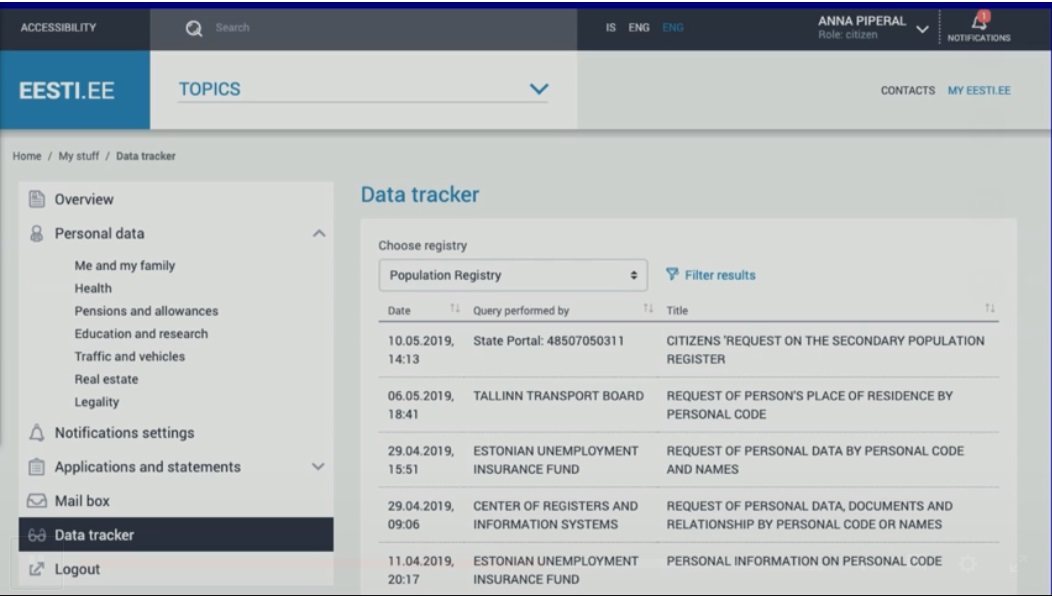
Of course, this is a simplified summary of all the digital design principles on which e-Estonia is built. Now the government is preparing to use artificial intelligence and build a whole new generation of public services - proactive services that are activated based on the different life situations people may have, such as childbirth, unemployment or starting a business.
Surely managing a digital society without paper backups can be a challenge, right? Although we believe that our systems are reliable, it is better to play it safe, as we saw in 2007, when the first cyber incident occurred and literally blocked part of our networks, preventing us from accessing government services for hours. We did it. But this event has put cybersecurity on the agenda, both in terms of strengthening the platform and backing up.
How do you create a copy of a system that covers everything in a small country where everything is very close? For example, you can export a copy of the data outside the country to the extra-territorial space of the embassy. Today we have data embassies that store Estonia's most important digital assets, guaranteeing the continuity of operations, the protection of our data and, most importantly, our sovereignty. Even in the event of a physical attack on our territory.

Probably many of you are now thinking: where are the disadvantages? Everything digital is administrative, and let's be honest, more financially efficient. The interface with computer systems can give the impression that the human factor in the election of politicians and participation in democratic processes is somehow less important. There are also some people who are intimidated by the spread of technology, fearing that it will render their skills obsolete. So, unfortunately, running the country on a digital platform did not save us from the political struggle for power and polarization in society, as we saw in the last elections. While people are involved in this.
Last question. If everything does not depend on location and I can access all the services from anywhere in the world, why can't people use at least some of these services, even if they do not live in Estonia?
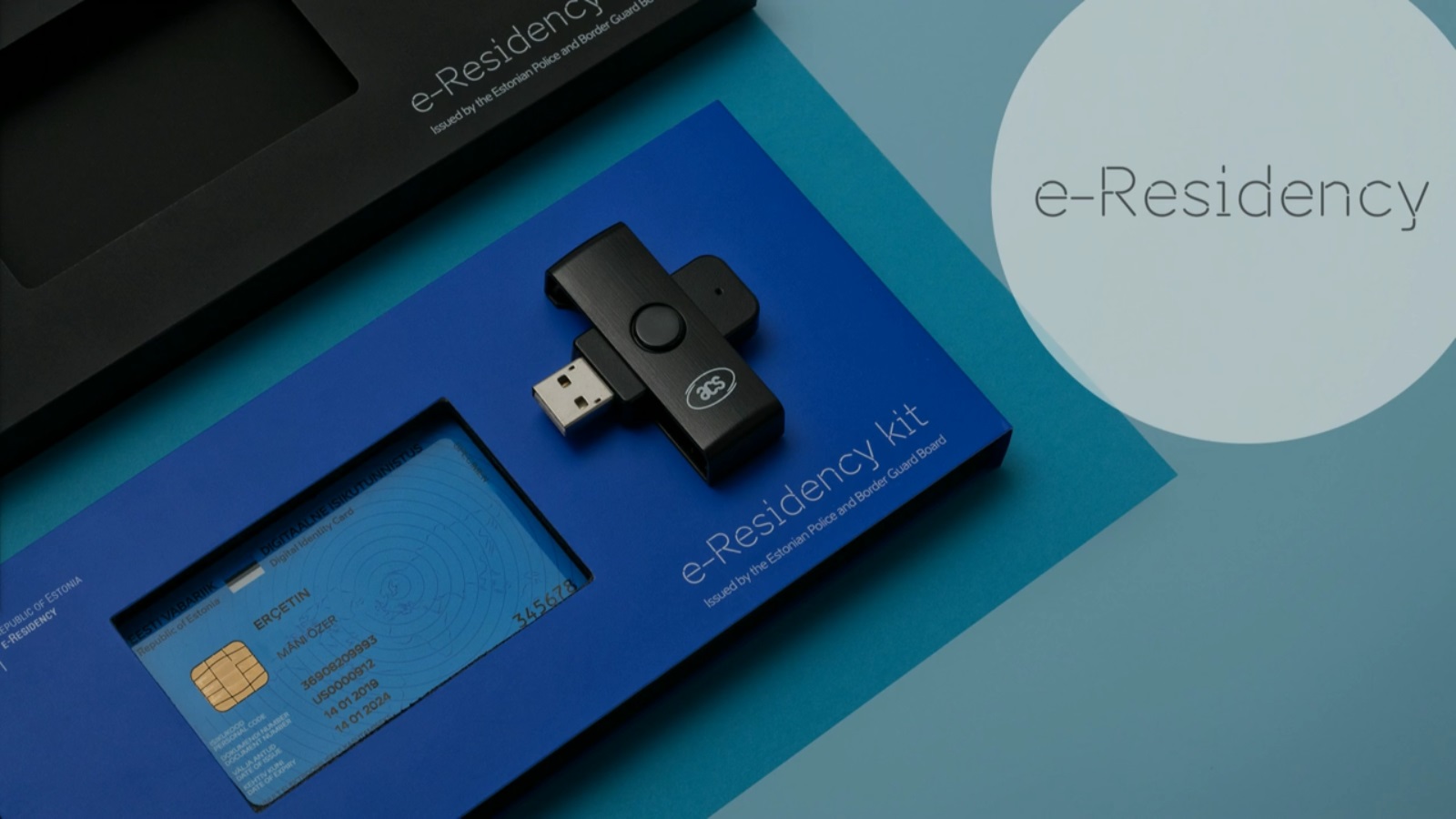
Five years ago, we launched a government startup, e-Residency, which has already attracted tens of thousands of people. These are businessmen from 136 different countries who set up their businesses in digital format, conduct their banking operations online and manage their companies through the e-Estonia platform under EU law, using an electronic ID card similar to mine, from anywhere in the world.
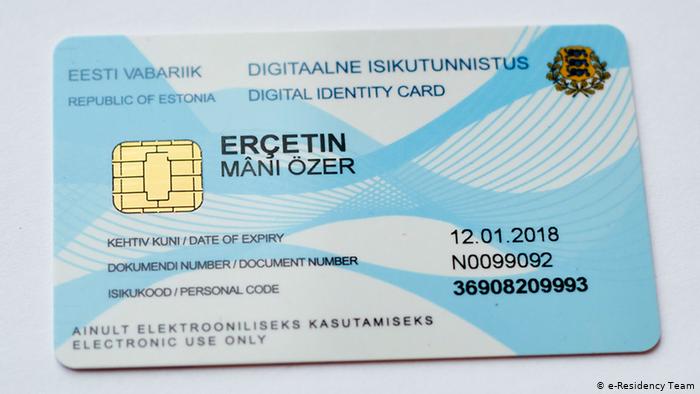
The Estonian system is location independent and user-oriented. She prioritizes inclusiveness, openness and reliability. It focuses on security and transparency, and ensuring that data is managed by its rightful owners, the people to whom the data relates. Don't take my word for it. Try it yourself.
Thank.
The purpose of the post is to discuss the e-government system in terms of development and implementation
Translated by Darya Kamishnikowa
Reviewed by Peter Pallós
The purpose of the post is to discuss the e-government system in terms of development and implementation
Putting together a think tank on the governmet as a service topic in the @GaaS telegram channel
- Alternative constitution
- What should be the real e-government? Estonia sets an example

Learn the details of how to get a sought-after profession from scratch or Level Up in skills and salary by completing SkillFactory paid online courses:
- Machine Learning Course (12 weeks)
- Learning Data Science from scratch (12 months)
- Analytics profession with any starting level (9 months)
- Python for Web Development Course (9 months)
Read more
- Trends in Data Scene 2020
- Data Science is dead. Long live Business Science
- Cool Data Scientists don't waste time on statistics
- How to Become a Data Scientist Without Online Courses
- 450 free courses from the Ivy League
- Data Science for the humanities: what is "data"
- Data Science on Steroids: Introducing Decision Intelligence